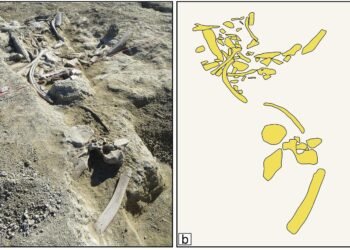Archaeological excavations along the planned route of the Prague Ring Road near Nupaky in Central Bohemia, Czech Republic, have uncovered a treasure trove of historical artifacts spanning millennia.
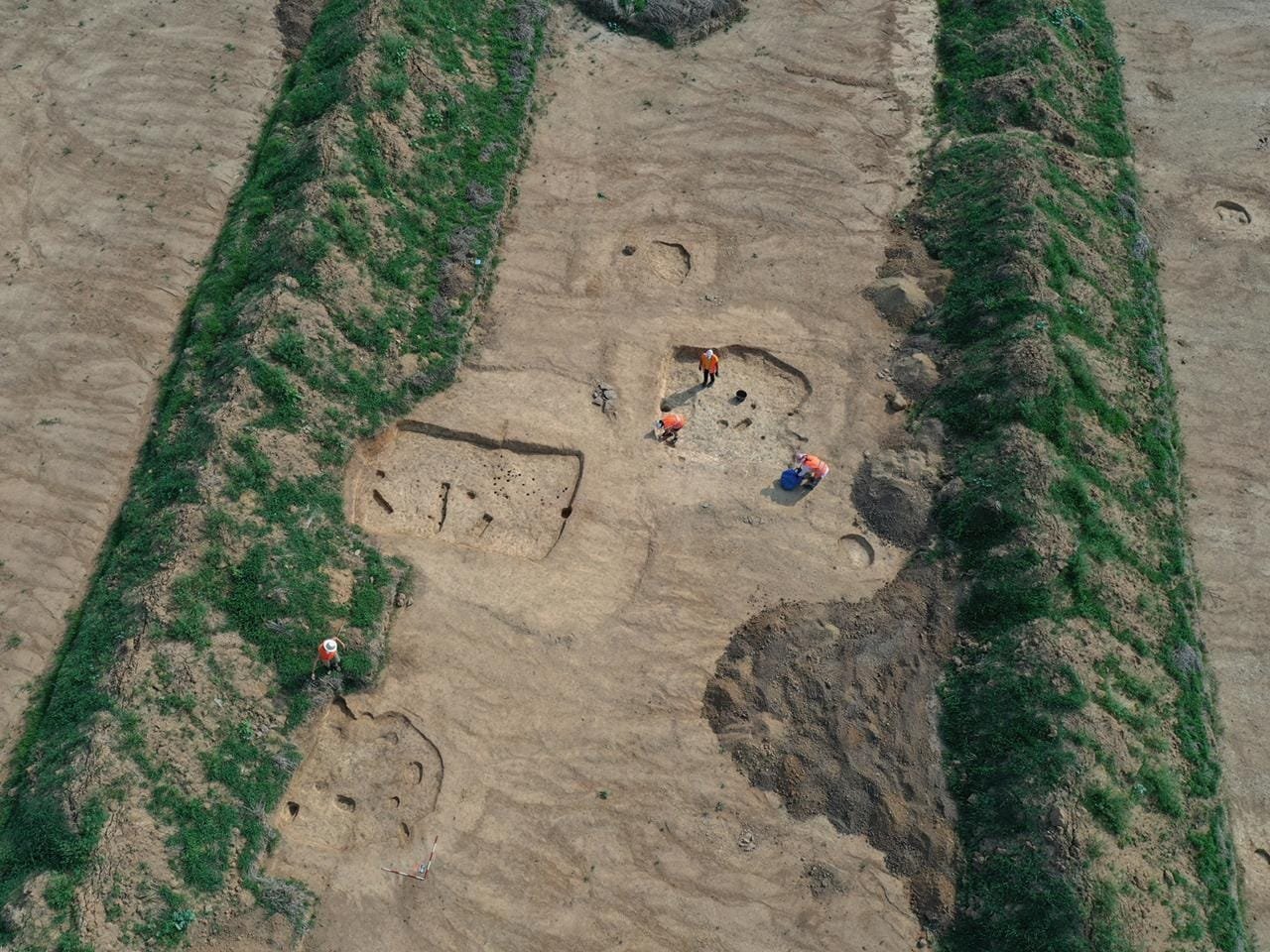
Researchers from the Czech Academy of Sciences (CAS) have uncovered evidence of a 7,000-year-old settlement, a Hallstatt-period village, and medieval gold prospecting pits, shedding light on human activity in the region from the Neolithic to the High Middle Ages.
The most ancient findings include eight long, columnar structures dated to the Late Neolithic to early Chalcolithic period, around the second half of the 6th millennium BCE. These structures, believed to be part of a settlement, were accompanied by storage and waste pits as well as a prehistoric stone-processing workshop.
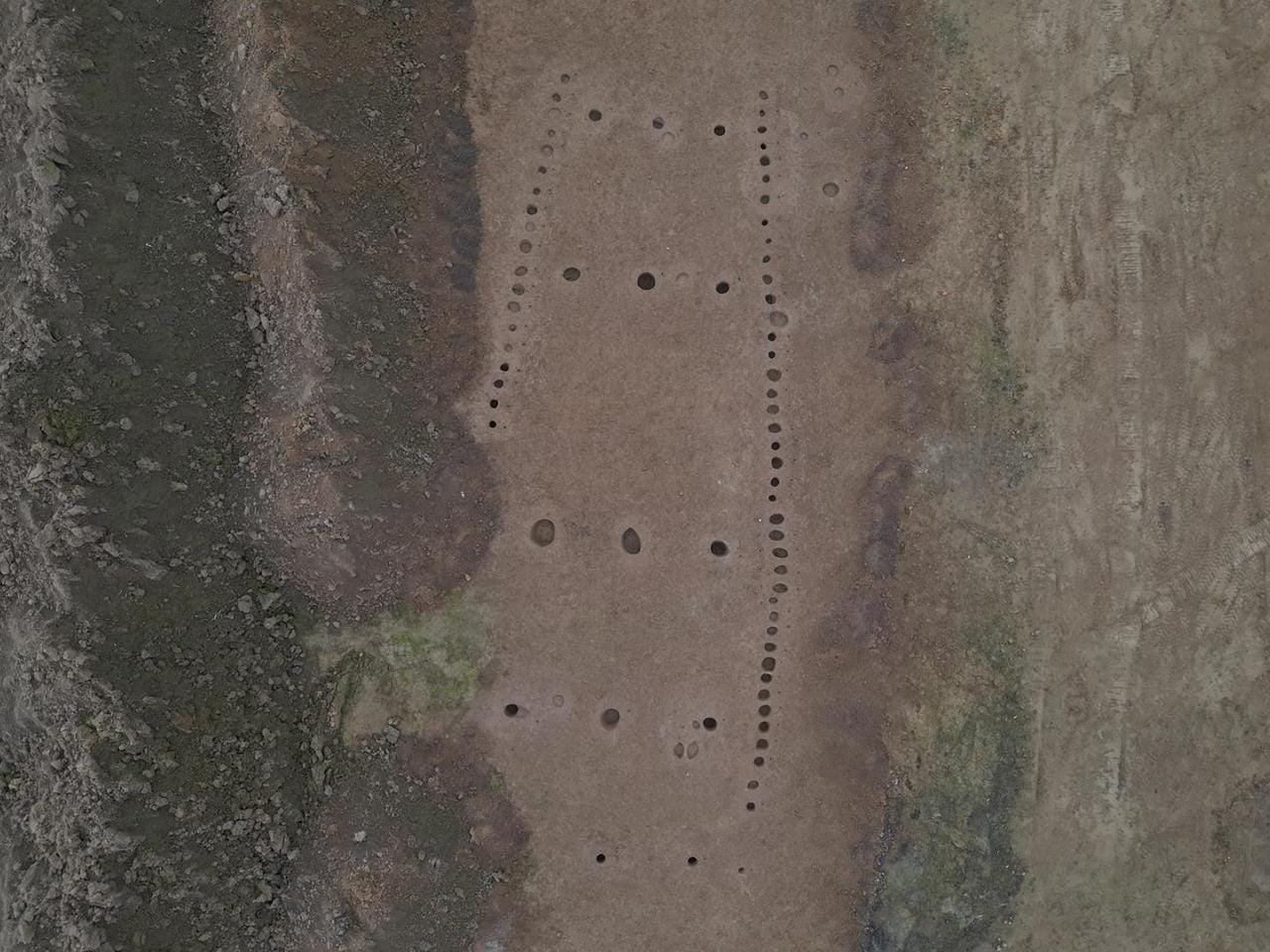
Monika Psohlavcová, head of the research team from the CAS Institute of Archaeology, explained: “Numerous stone axes or axe-hammers, their semi-finished products, and unsuccessful products prove the presence of a local workshop for processing the polished stone industry.”
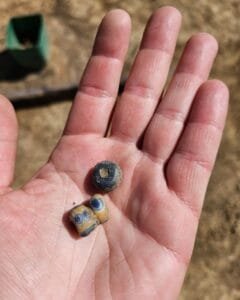

The site also revealed the remnants of a Hallstatt-era village dating back to the 5th century BCE. Archaeologists identified ten partially sunken houses, along with settlement pits, troughs, and remnants of above-ground structures.
Among the recovered artifacts were coarse kitchen ceramics, finely decorated tableware, small iron and bronze tools, and clay and glass beads. The discovery of a kylix handle, a wine-drinking vessel popular in the Adriatic region, and glass beads suggests indirect contact with the Mediterranean.
“Together with the discovery of bronze horse phalerae [ornamental decorations], the kylix handle indicates the presence of a high-ranking member of the local community,” Psohlavcová added in a press release from the Institute of Archaeology.
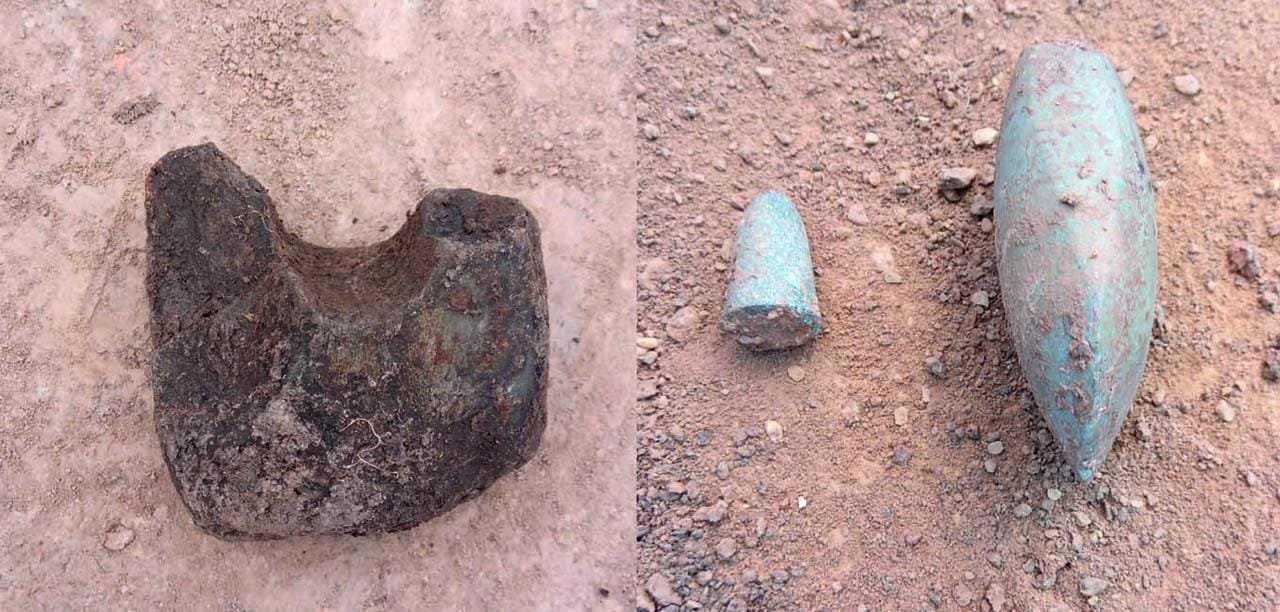
In another section of the excavation, researchers uncovered several dozen circular pits, measuring between 2 to 5 meters in diameter and as deep as 12 feet. These pits, dated to the 13th century, are believed to be related to gold mining activities. Psohlavcová noted that the pits’ location aligns with the historical gold mines of Jílové u Prahy, situated about nine miles away, suggesting medieval miners were prospecting for gold in the gravel-sand terraces of the Pitkovický stream.
The excavation, which began in May as part of preparations for the Prague Ring Road, has so far uncovered more than 9,000 artifacts. The construction of the ring road aims to ease traffic congestion around Prague by linking major highways and is scheduled for completion in 2027.
Sources: Institute of Archaeology of the Academy of Sciences




